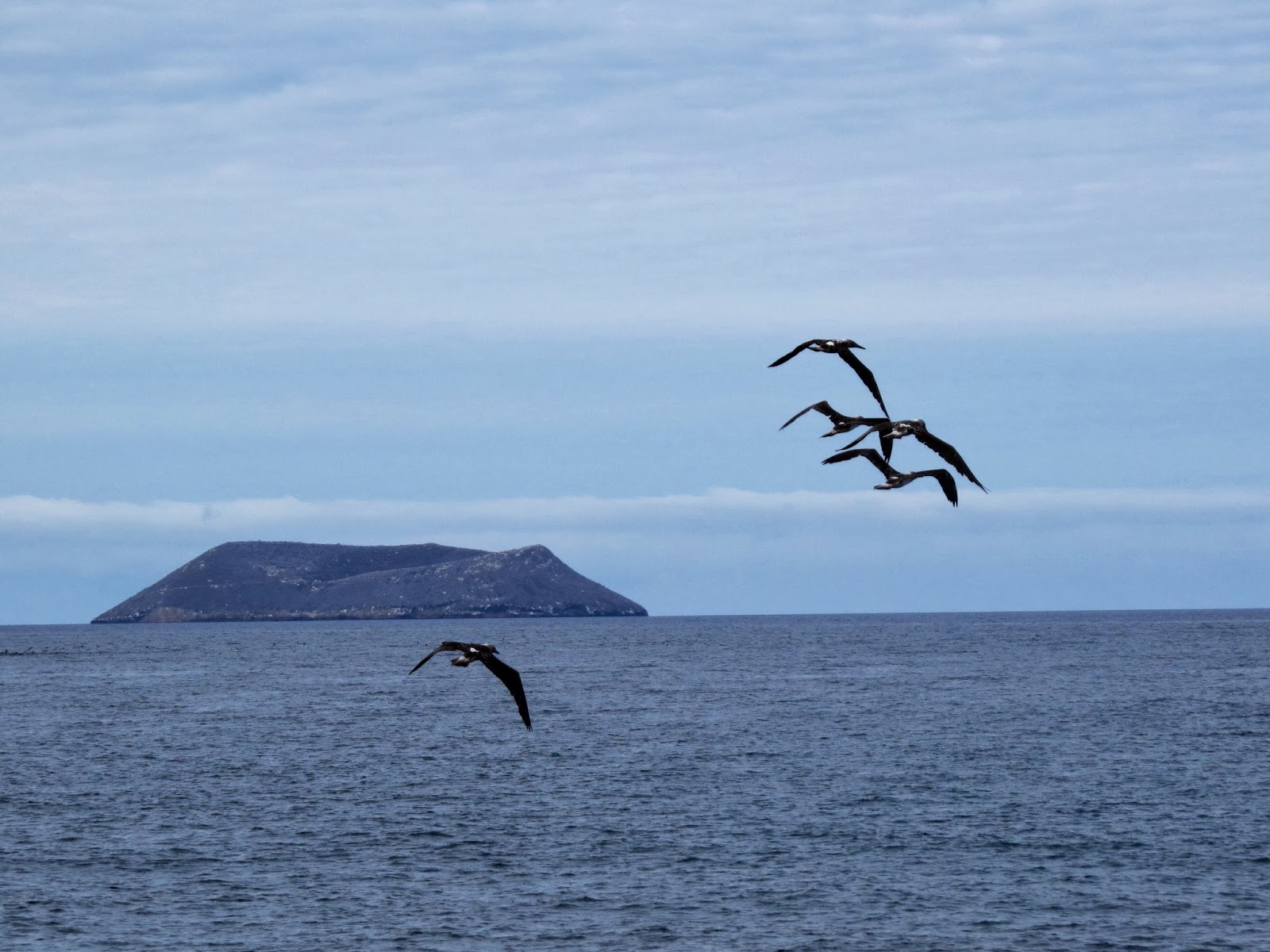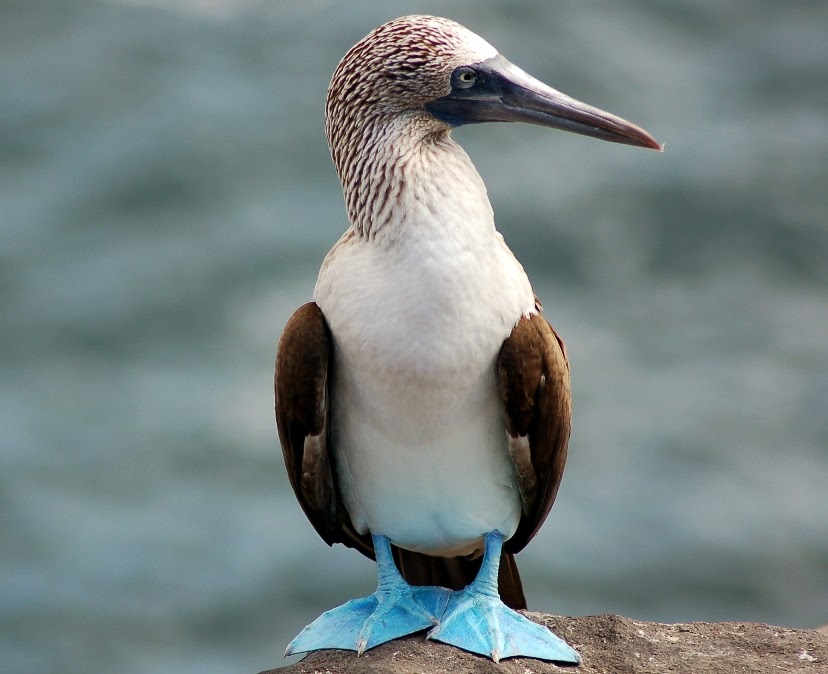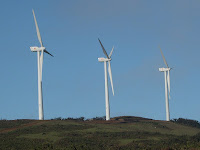 |
| Sperm Whales and Calf from CBC News (Chris Bangs/Guam Variety News/Associated Press) |
We always want to be careful not to
anthropomorphise those in the animal kingdom, whether it involves emotions,
behaviors or language. After all, animals are not human and we can’t project
emotions or thoughts onto them under the assumption that they think and communicate as we do. That
said, we have learned from our own household pets how to read their “language”
of gestures, looks and sounds and, from these, reach conclusions about whether
they are hungry or want affection, are scared or tired or content.
Even those observations, however, tell us nothing about how animals communicate with others of their own species. Is there a
universal or even regional language that animals of a given species use with
others of that same species? Scientists study language and other aspects of
animal behavior all the time, forming hypotheses about what an animal's behaviors
and vocalizations mean, if anything at all.
























.JPG)



